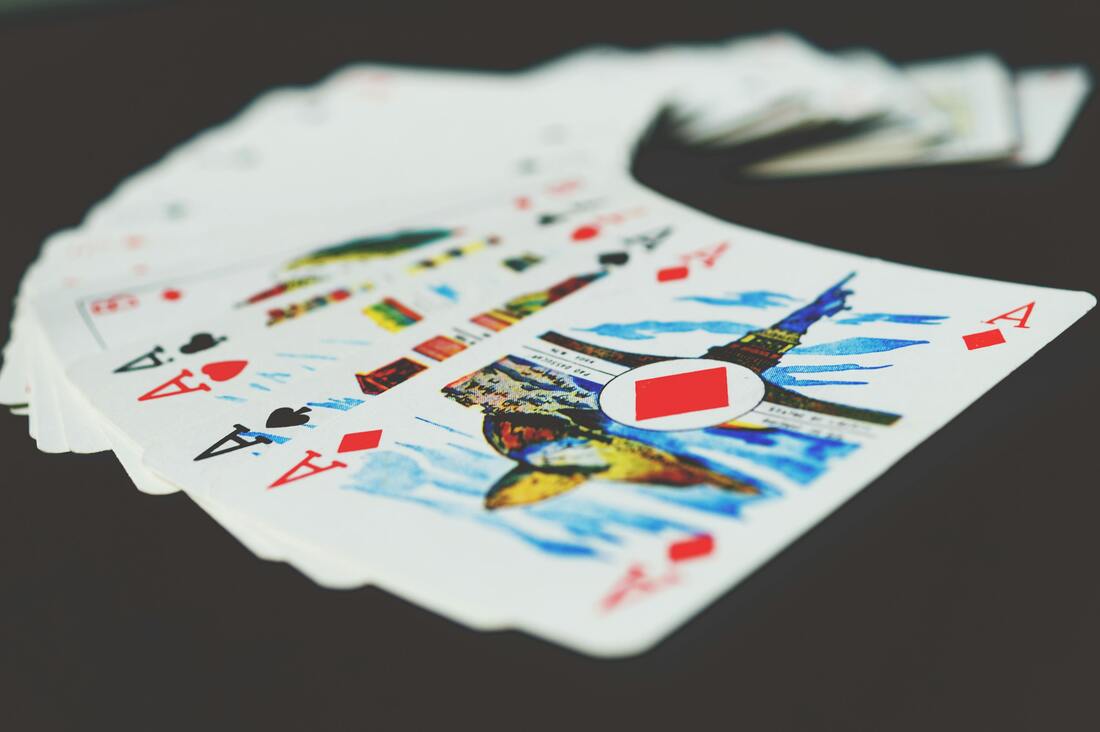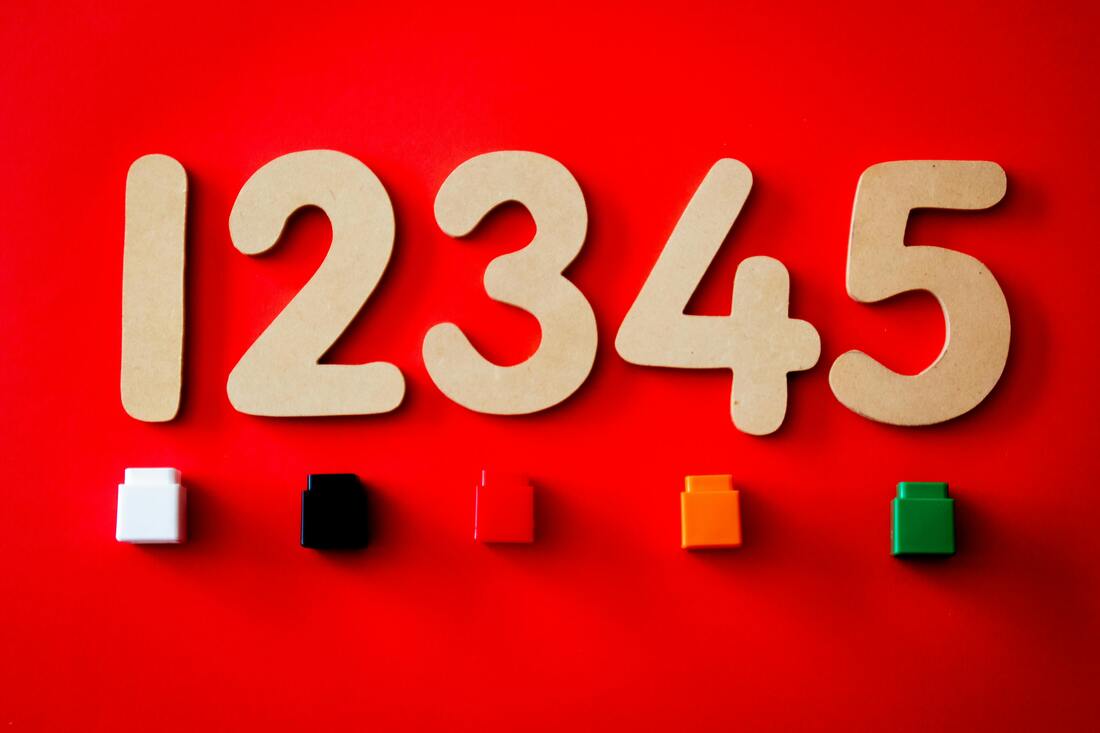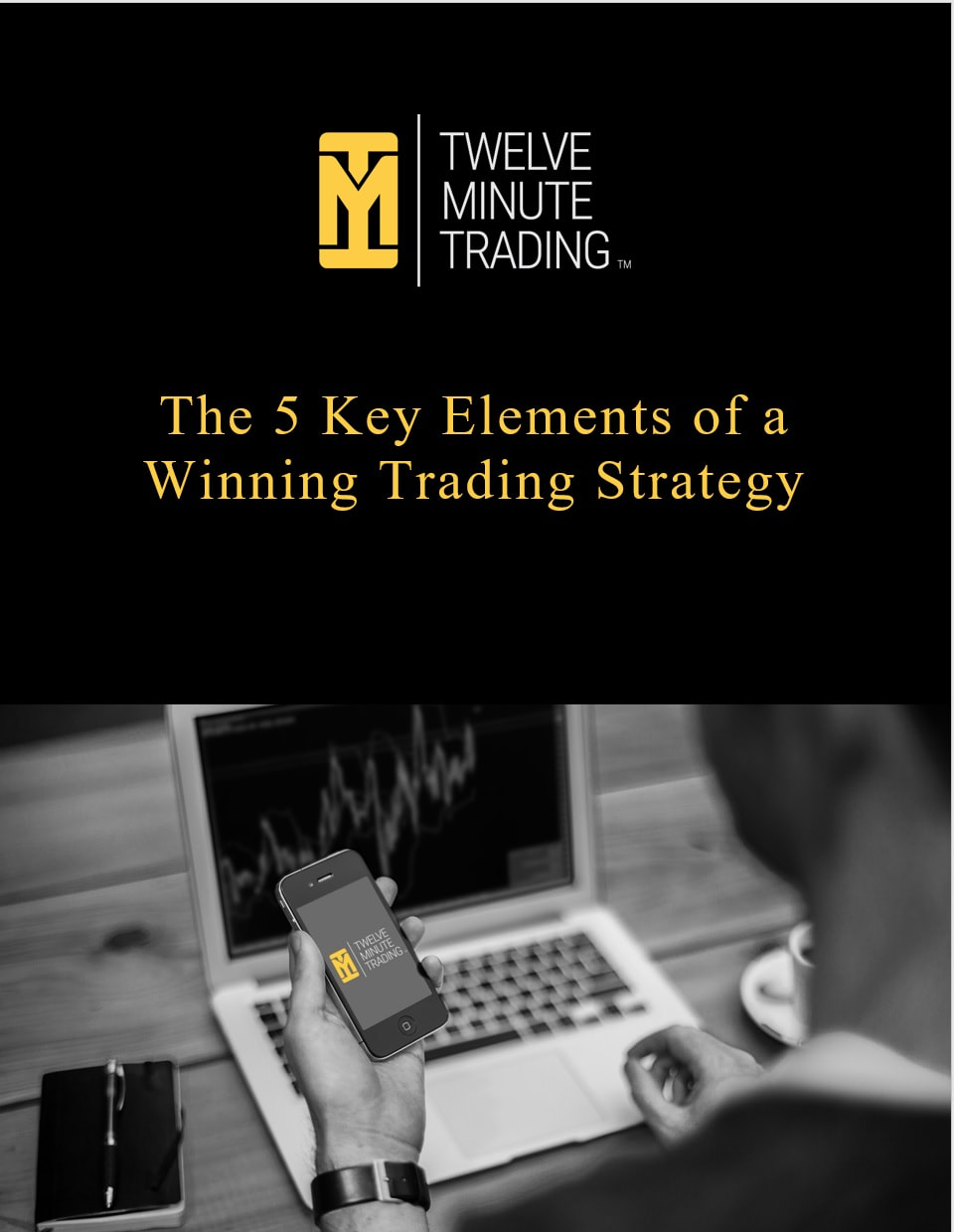|
I literally just wrote an email to my wife five minutes ago outlining the need for us to sit down and map out how we need to plan out our “sell” points for our alternative investments, (like Bitcoin) and I thought this might make an interesting reminder for this weekend after we’ve seen such bubble-like behavior over the past couple of months/weeks.
You see, human beings are really terrible at predicting the future, and by proxy, managing long-term investments. I don’t care who you are, we all fall victim to euphoria/complacency at the top, and “fear of loss” at the bottom. I’ve been at this for over twenty years and only now do I feel as if I’ve attained a mediocre proficiency at it. If I could boil down my current stance on managing long-term investments, it’s this:
Spotting the “top” of any market trend has been one of the most impossible tasks that I have tried, and failed continuously at. What makes the beginning of the “end” any different from a normal pullback in a trend? Answer: no difference. You’ll only know it later on when a “lower high” is formed. (Conversely, spotting a market “bottom” is far easier) And for those of you that want to hedge at the “top,” I wish you luck as well. You will tire of spending the money to keep buying long puts and flushing your money away on a regular basis, most likely ceasing this hedge right before the “real” move lower…and then spending far too much on a wasted hedge when the price unfurls rapidly. This scenario gets a little trickier if you are trading assets in a cash account and a sale becomes a taxable event. If you wish to avoid paying taxes on your core investments, then you can replace the “exits” in the above plan with “hedges.” You must learn to hedge, or play “defense” during times of peace, and not “war” when the price is rapidly being dismembered. Your goal then is to understand when to take profits on the hedge trade. But don’t get wrapped around your axle on a complicated scheme, especially if the assets in question are ones where you don’t intend to pass down to others. Just come up with a simple plan on how to take profits, and then program yourself with these actions. Don’t think about it, just DO when the time comes. You will be far better off than those that say “I’ll figure it out when the selling starts.” In your corner...Doc Severson For those of you who have spent any time around me, you’ll sooner or later hear me say the phrase “Find Your One Thing.” This is a nod to the famous line from Jack Palance in the movie “City Slickers” where he explains the secret to life. (If you’ve never seen this scene, then stop reading this and immediately search for “Curly One Thing” on youtube…it’s a three minute video, do it now!)
This one concept allowed me to pursue the opportunity of my dreams, trading the Market every day for a living. What drove me to that point was frustration; I knew a lot of things about the Market and about trading, but these little disparate scraps of knowledge weren’t being translated into “profits.” I’m sure you’ve felt the same way at one point or another, perhaps that’s exactly what you’re feeling NOW. I literally swept my desk off and swore that I would, from that point on, only trade ONE strategy and ONE chart until I was successful. I would narrow my approach and attention to that of the tip of a spear, and I would not quit until I mastered that ONE THING. After a quick audit of my skills vs. available charts and strategies, I chose iron condors on the SPX. (it was an excellent choice at the time based on what the market was providing) And wouldn’t you know it, before long I was really going DEEP. The new-found success that I had attained encouraged me to keep going down the rabbit hole. I realized that I was never taught the skills and tactics of DEFENSE. Most firms at that point were just advising to “play to max loss” but I wasn’t buying that. I studied and crunched the numbers and quickly came up with my initial approach, centered around offense/defense/exits. It wasn’t very long before I realized that I knew MUCH more than those that were instructing me just a month or two before. I was on a MISSION…I traveled to every discussion group that would have me to show them what I had discovered. Man, if you REALLY want to learn something, there’s nothing like the pressure of teaching others. Most of us pursue things on a superficial level; we kick the tires, trying this or that, and then we panic and quit when we don’t get immediately positive results. Then we’re off to the next “new thing.” We’ll never get there like that. But when you discover what your “ONE THING” is, you’ll find that you can’t get enough of it. It will give you the “rage to master” which is so necessary. You’ll discover things that no one else has thought of, simply because you’ve narrowed your focus. And when you go deep, that’s where the magic is. In your corner……..Doc Severson I’m a Retail Trader, by definition. I don’t lease a seat at the exchange, nor do I trade others’ money for a fee. Brokers treat me as a normal retail trader, so I get the same access and rates as everyone else that trades remotely.
But after twenty years of this life, I consider myself a professional. Trading is what I do for a living and is how I’ve created my own net worth. I have an edge in the markets that has taken me a lot of work and pain to forge. I only bring this up because to others in the business, there’s no difference between me and someone who has just started trading the markets this year. But in my eyes, we are worlds apart and I can spot it in anyone in a microsecond. Here are five common traits that I see in beginning retail traders: #1 Entering Positions Without a Clear Exit This is number one with a bullet. I think this starts because most retail traders won’t enter a position unless they are wildly optimistic that it will work out, for whatever reason. Usually it’s because of a suggestion from others. The mind races, thinking about how great it will feel to win that trade and enjoy the spoils of victory. And this is why it’s so jarring to see the price turn around and work against your trade; you’re like a deer in the headlights and you don’t know what to do. One of the most important things that you can do TODAY is to interrupt this pattern and define your exit BEFORE you place your next trade. #2 Entering Positions With Too Much Risk Usually tied in closely with #1 simply because a retail trader that feels “good” about a trade will double down on it, without any reason other than wanting to feel EVEN BETTER after that “sure win” to come. You will never properly manage a position until you find a way to NOT CARE about it. This is why many traders are aces when it comes to trading their sim accounts, only to fall to pieces when real capital comes into play. Trade very, very small positions until your performance earns you the right to trade larger ones. #3 Following the Herd If you are following the same advisors or news sources or trades as everyone else, then expect to produce mediocre results like everyone else. Humans are social animals and we don’t like to operate without the safety and the acceptance of the community. This can be a very difficult one to solve if you have trouble thinking independently. The easiest thing that you can do to help correct this is to turn off the standard news sources and start to think for yourself. It’s a big step, but you’ll have to take it eventually if you want to be profitable. #4 Jack of All Trades and Master of None Something that we’re taught from early childhood is to diversify, and “not put all of your eggs in one basket.” We nod at this sage advice and scatter our attention to be paper-thin on too many things. If you need your soles replaced on your $500 boots, are you going to go to WalMart? Or will you seek out that little independent hole-in-the-wall shoe repair place on a back alley? If you want to earn your fair share versus the best in the world, then you’ll need to become an expert at one thing to begin with BEFORE you expand your focus to different methods of trading. Spend the time now to determine what method of trading that gives you the “rage to master.” #5 Stop Trying to Predict the Future Once we learn a couple of fancy indicators, we think that we can predict the future with ease. I certainly fell into this trap early on. You must come to grips with the fact that ANYTHING CAN AND OFTEN WILL HAPPEN in the future, and you will never be able to accurately predict that. Sure, some things repeat and certain types of markets can be more linear and repetitive than others, but don’t let that give you the hubris to believe that you are Nostradamus. Professionals don’t try to predict the future; they work on programming THEIR FUTURE ACTION depending on what the price does. See if you recognize any of these typical retail trader liabilities before you spend another dollar funding someone else’s account. In your corner……..Doc Severson A “stop loss” is exactly what it sounds like; it’s a “good ‘til canceled” order which dictates an exit from your position if it’s reached your maximum risk limit. Seems like a reasonable thing to use, yes?
Well, yes and no. And I suppose “it depends” as well. There are some applications of using Stop Loss orders that are non-negotiable. Futures trading is a great example of a non-negotiable use of stops. Typically when you are trading futures contracts in a directional manner, you will use a “bracket order” which defines your “take profit” exits as well as your “stop loss” exits. Done correctly, it’s a simple, linear relationship which allows you to define your maximum trade risk before entry. They are “set it and forget it” simple. So far, so good. Futures contracts don’t have any variability to them (like implied volatility) thus they are the perfect linear trading instrument. Where we get into complications is when we’re trading options, and especially spreads. It’s not hard to set up a “take profit” limit order to close down your trade when the result is positive. In fact, we recommend using them. Where it all goes awry is when we try to dictate a “stop loss” exit using options. I certainly found this out the hard way many years ago when I just casually added some “max debit” stop orders on some credit spread positions. I was horrified to see that they filled for max debit with the price of the index HUNDREDS of points away! There was no way that they should have filled, but they did. Remember that a stop order is a “MARKET” order and the “market” for an option or a spread can vary by an unbelievable amount depending on what is happening in that exact second in the market. And also understand that each option is its own little “micro-market” with supply and demand constraints, and a bid/ask spread which can move an unbelievable amount. If you decide to use stop market orders on your credit spreads, it’s only a matter of time before you too will endure a “rite of passage” and be stopped out prematurely on a trade, possibly at a much greater debit than you expected. So what is the answer? There are three different ways that you can solve this dilemma: Mental Stops, Conditional/Stop Limits, and Trade Structure. Mental Stops are exactly what they sound like; YOU make the decision when to exit, based on whatever criteria that you pre-determined at the onset of the trade. This requires TIME and ACCESS to be effective. As an example, I sell naked puts on the Micro Emini S&P500 futures contract on TastyTrade. They do not allow me to set a stop loss order, although they do allow me to set a profit-target limit order. I just have to keep tabs on the desired max debit limit, and execute an exit if it hits that level. It’s a bit of a challenge with an instrument that trades 24 x 5, but one that I’m willing to undertake. For those of you using spreads, you can consider a STOP/LIMIT order if you broker allows it. You will define the STOP price at which the online broker is triggered into a “stop” condition, where it then passes the ability to exit the trade into a LIMIT order. The STOP fires, and then the broker will close down the trade at NO MORE than the LIMIT order specifies. This prevents an inflated exit, however there is the risk that you might not exit at all if IV spikes and exits immediately inflate. These types of exits are necessary for traders who might have primary responsibilities OTHER than trading during the day, like a stay at home Mom or an office worker. My favorite solution is Trade Structure to enact risk management. Set the reward-to-risk of the trade such that even a full loss is within your limits, and let the price do what it will. No stop required. Whatever solution that you choose, remember the First Rule of Risk Management: set your exit BEFORE you enter the position, not after. In your corner……..Doc Severson If you are looking for a consistent daily system done LIVE with you from the best mentor in the business, check out Doc's Daily Live Trading Room |
Get a 14-Day FREE Trial of 12 Minute Trading services!Archives
March 2024
Categories
All
Get Your FREE Copy of the 5 Key Elements E-Book! |
U.S. Government Required Disclaimer - Forex, futures, stock, and options trading is not appropriate for everyone. There is a substantial risk of loss associated with trading these markets. Losses can and will occur. No system, strategy, or methodology has ever been developed that can guarantee profits or ensure freedom from losses. No representation or implication is being made that using the 12 Minute Trading methodology or strategy or the information in this letter will generate profits or ensure freedom from losses.
HYPOTHETICAL OR SIMULATED PERFORMANCE RESULTS HAVE CERTAIN LIMITATIONS. UNLIKE AN ACTUAL PERFORMANCE RECORD, SIMULATED RESULTS DO NOT REPRESENT ACTUAL TRADING. ALSO, SINCE THE TRADES HAVE NOT BEEN EXECUTED, THE RESULTS MAY HAVE UNDER-OR-OVER COMPENSATED FOR THE IMPACT, IF ANY, OF CERTAIN MARKET FACTORS, SUCH AS LACK OF LIQUIDITY. SIMULATED TRADING PROGRAMS IN GENERAL ARE ALSO SUBJECT TO THE FACT THAT THEY ARE DESIGNED WITH THE BENEFIT OF HINDSIGHT. NO REPRESENTATION IS BEING MADE THAT ANY ACCOUNT WILL OR IS LIKELY TO ACHIEVE PROFIT OR LOSSES SIMILAR TO THOSE SHOWN.
© 12 Minute Trading 2024. ALL RIGHTS RESERVED.
Privacy Policy | Disclaimer and Legal Rights | Terms of Use | Earnings and Income Disclaimers
HYPOTHETICAL OR SIMULATED PERFORMANCE RESULTS HAVE CERTAIN LIMITATIONS. UNLIKE AN ACTUAL PERFORMANCE RECORD, SIMULATED RESULTS DO NOT REPRESENT ACTUAL TRADING. ALSO, SINCE THE TRADES HAVE NOT BEEN EXECUTED, THE RESULTS MAY HAVE UNDER-OR-OVER COMPENSATED FOR THE IMPACT, IF ANY, OF CERTAIN MARKET FACTORS, SUCH AS LACK OF LIQUIDITY. SIMULATED TRADING PROGRAMS IN GENERAL ARE ALSO SUBJECT TO THE FACT THAT THEY ARE DESIGNED WITH THE BENEFIT OF HINDSIGHT. NO REPRESENTATION IS BEING MADE THAT ANY ACCOUNT WILL OR IS LIKELY TO ACHIEVE PROFIT OR LOSSES SIMILAR TO THOSE SHOWN.
© 12 Minute Trading 2024. ALL RIGHTS RESERVED.
Privacy Policy | Disclaimer and Legal Rights | Terms of Use | Earnings and Income Disclaimers





 RSS Feed
RSS Feed
